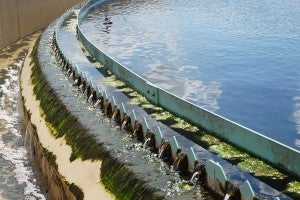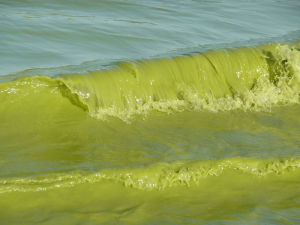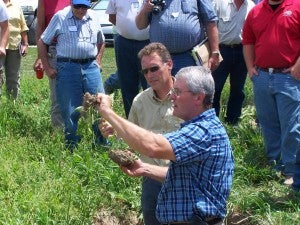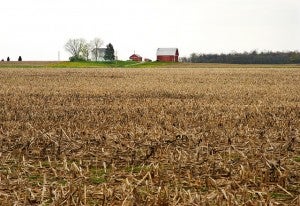
Wastewater treatment plant. Credit: Flickr user Florida Water Daily.
The Des Moines Water Works lawsuit represents one of the most contentious challenges in modern-day agriculture: who should pay for protecting water quality from excessive nutrient loads?
Excess nutrients in streams and watersheds can cause algae blooms as well as air and water pollution. Whether due to excess fertilizer runoff from agriculture, urban sewage, stormwater runoff, or air depositions of nitrogen, wastewater treatment facilities often bear the primary responsibility of nutrient removal in many watersheds. Under the Clean Water Act, these facilities are charged with cleaning water to a certain standard, which can be increasingly hard to meet – and to pay for – when excess nutrients are present.
But there are some interesting solutions in the works.
I asked Pat Sinicropi, Senior Director of Legislative Affairs at the National Association of Clean Water Agencies (NACWA), to tell me about the collaborative approach her organization is taking to solve the problem – by working with farmers. Read More




